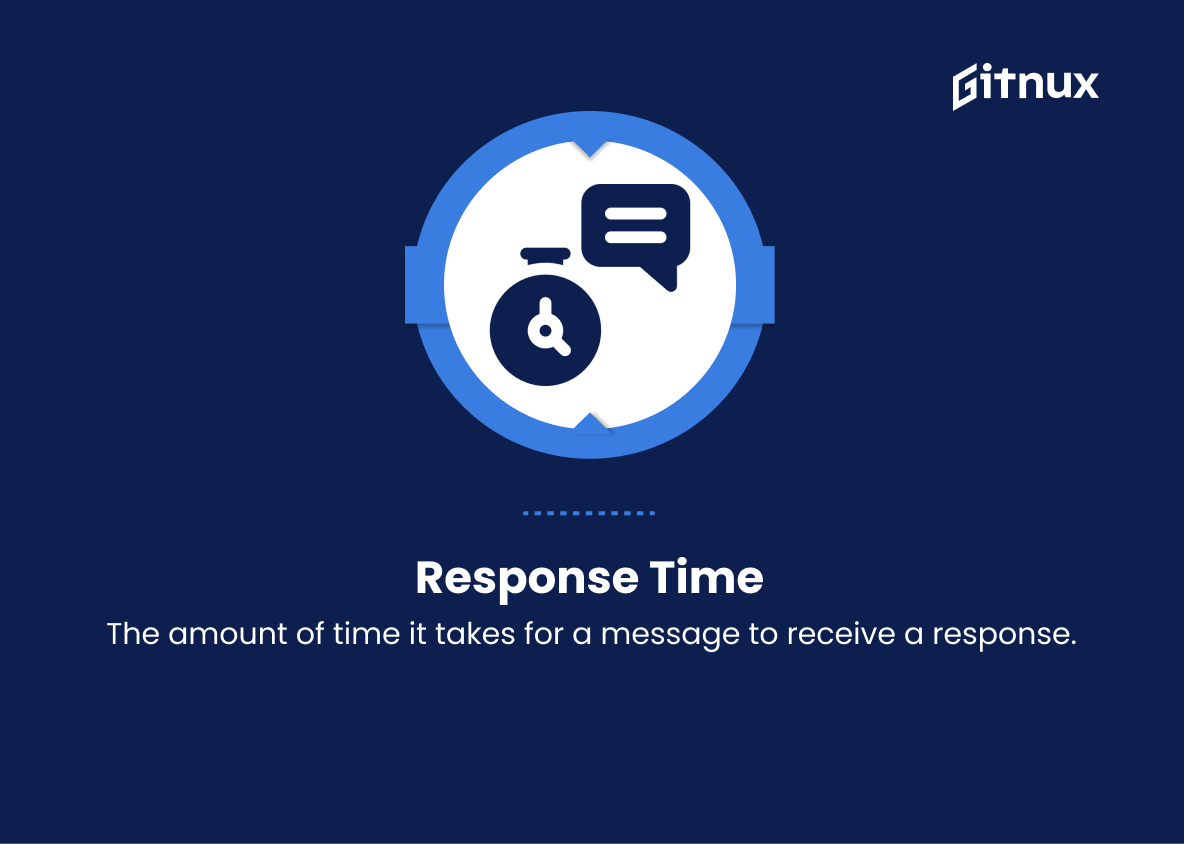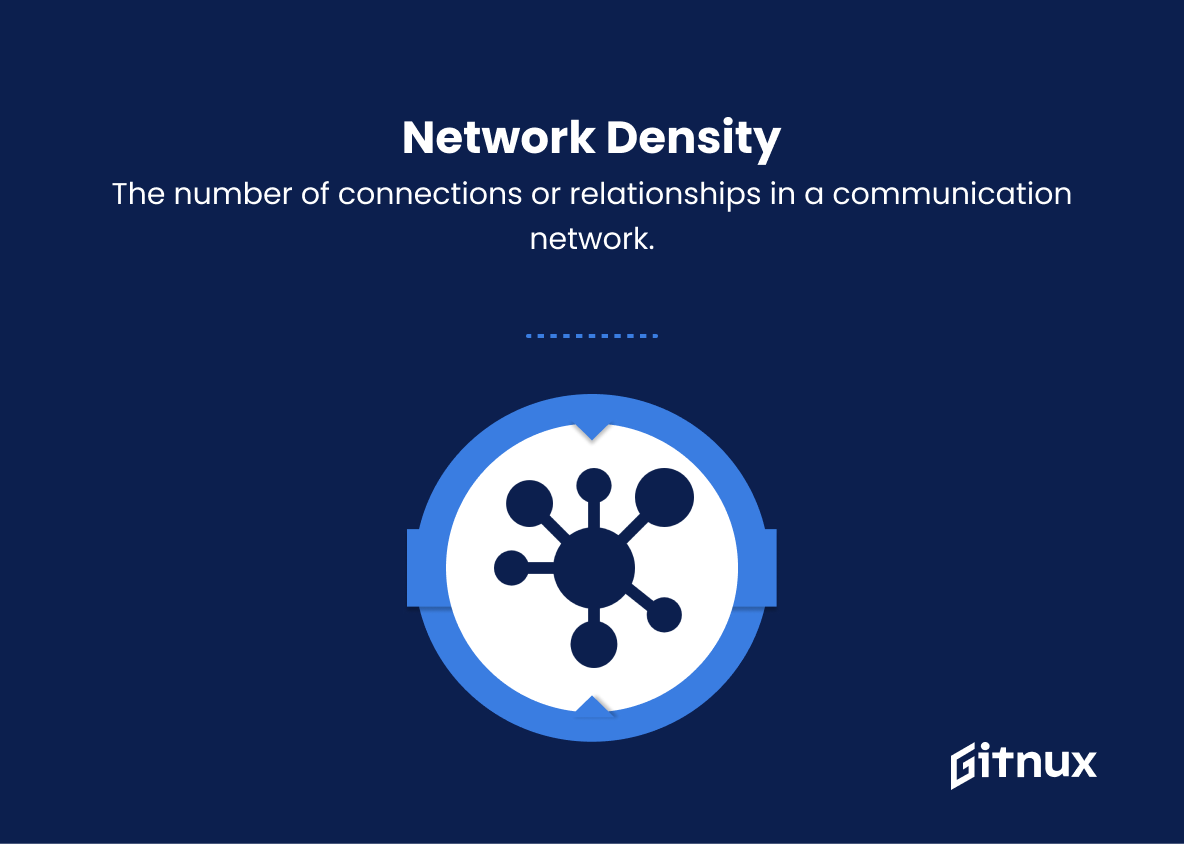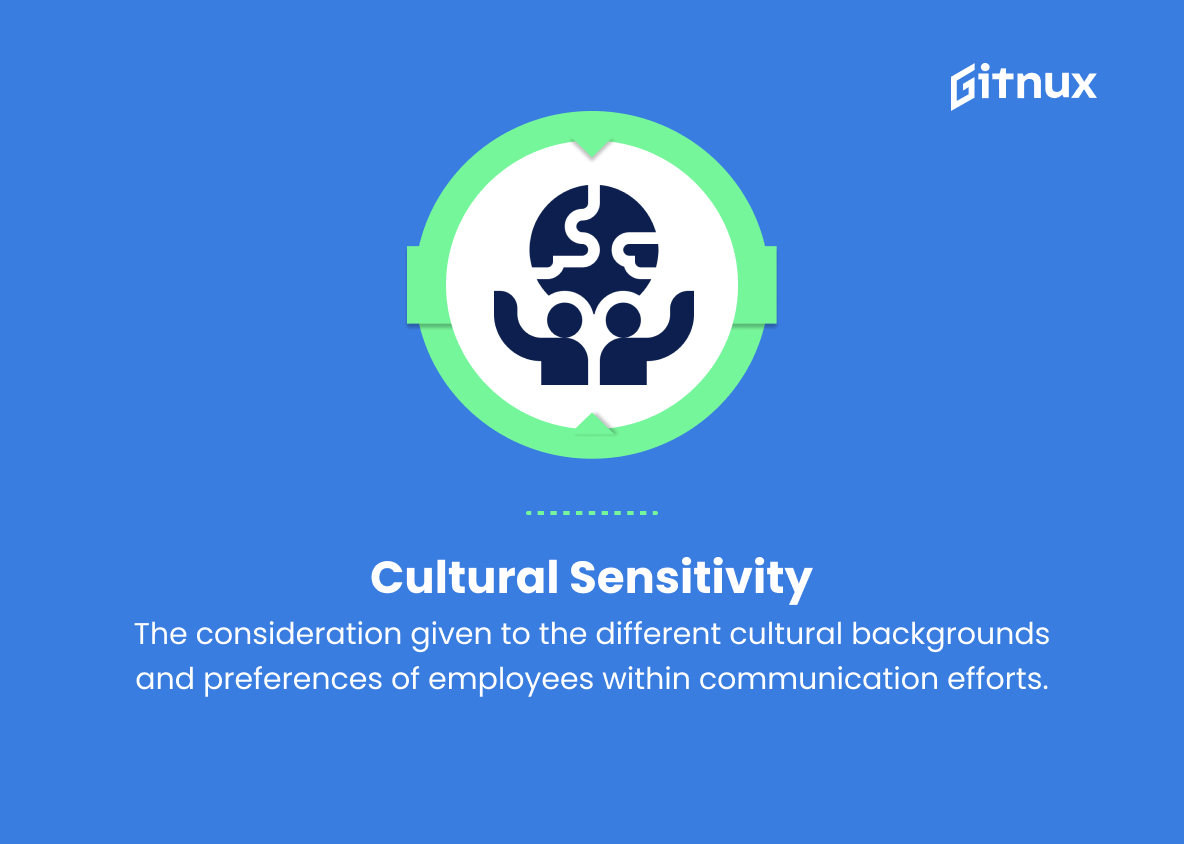In the ever-evolving world of communication, understanding and measuring the efficacy of our messages is more critical than ever. With countless channels and platforms vying for our attention, it’s vital that businesses and individuals alike can quantify the success of their communication efforts. That’s where Communication Metrics come into play.
In this comprehensive blog post, we delve deep into the realm of these invaluable tools, shedding light on their importance, the various types available, and how to implement them effectively. Join us as we navigate the complexities of communication metrics and reveal how they can empower you to optimize your strategic approach, foster meaningful connections, and ultimately, achieve your desired outcomes.
Communication Metrics You Should Know
1. Response Time
The amount of time it takes for a message to receive a response. This metric helps evaluate the speed of communication and the effectiveness of communication channels.
2. Communication Frequency
The number of messages exchanged between individuals or teams over a specific period. This metric helps assess the workload and collaboration level within a group.
3. Message Clarity
The ease with which messages are understood by the recipients. Clear communication ensures that messages are correctly interpreted, reducing the risk of confusion or misunderstandings.
4. Reach
The number of people who receive a message. This metric helps evaluate the effectiveness of communication efforts, particularly for mass communication or corporate announcements.
5. Employee Engagement
The degree to which employees feel involved in and understand the company’s communication efforts. Engaged employees are more likely to feel connected and actively participate in the company’s communication channels.
6. Feedback Loop
The extent to which employees provide feedback on communication efforts, which can help find areas for improvement and better align messages with employees’ needs.
7. Communication Satisfaction
The degree to which employees are satisfied with the quality, frequency, and relevance of internal communications. High satisfaction can improve employee morale, retention, and productivity.
8. Channel Effectiveness
The success of different communication channels, such as email, instant messaging, or meetings, at conveying information accurately and efficiently. This metric can help identify optimal channels for each type of message or audience.
9. Resource Allocation
The amount of time and resources spent on communication efforts compared to the overall resources of the organization. This metric helps identify if there’s a need for additional communication resources or if these efforts can be better streamlined.
10. Network Density
The number of connections or relationships in a communication network. High network density often implies effective communication, as information can easily flow between individuals or teams.
11. Information Overload
The volume of information an individual receives, potentially hindering their ability to process and respond effectively. Measuring information overload can help organizations adjust communication practices to prevent cognitive overload.
12. Communication Archiving and Retrieval
The ability to store, search, and retrieve past communications for future reference or analysis. This metric helps organizations maintain a knowledge repository and measure the effectiveness of their information management systems.
13. Sentiment Analysis
The process of analyzing the emotional tone or sentiment of messages, such as the level of positivity, negativity, or neutrality. This metric can help gauge the general mood of employees or the perception of specific communication efforts.
14. Cross-functional Communication
The degree to which different departments or teams collaborate and communicate effectively. This metric can be used to identify areas for improvement in inter-departmental communication and collaboration.
15. Cultural Sensitivity
The consideration given to the different cultural backgrounds and preferences of employees within communication efforts. This metric helps ensure that communication is inclusive, respectful, and relevant to all employees.
Communication Metrics Explained
Communication metrics are important because they provide insight into the effectiveness of an organization’s internal and external communication efforts. Metrics such as response time and communication frequency can reveal how fast and collaborative a team is, aiding in workload management and ensuring smooth communication flow. Message clarity, reach, and employee engagement help determine the success of communication strategies and their impact on overall employee satisfaction.
Analyzing feedback loops and communication satisfaction indicates areas for improvement, thus promoting better alignment with employee needs. Channel effectiveness and resource allocation metrics allow organizations to optimize communication platforms by allocating resources efficiently.
Network density and information overload assist in monitoring the accessibility and volume of information exchanged, providing a greater understanding of potential cognitive obstacles. Communication archiving and retrieval, sentiment analysis, and cross-functional communication highlight an organization’s ability to foster a culture of knowledge sharing and collaboration, while cultural sensitivity plays a vital role in promoting inclusivity and respect in a diverse workforce. Overall, these metrics serve as essential tools for continuous improvement and better communication practices, ultimately benefiting an organization’s productivity and growth.
Conclusion
In conclusion, communication metrics are a crucial element in evaluating the effectiveness of your communication efforts, helping you to refine your strategies and better engage with your target audience. Utilizing the right metrics can provide a clear and accurate picture of your overall performance, leading to the development of strong and successful communication channels.
By understanding the most relevant indicators and tracking them regularly, you can stay ahead of the curve, rapidly respond to any changes, and achieve your long-term goals. Emphasize the importance of communication metrics in your organization and commit to using them to improve your communication results moving forward. Remember, effective communication is the backbone of any thriving organization, and mastering your metrics is one key way to ensure success.















